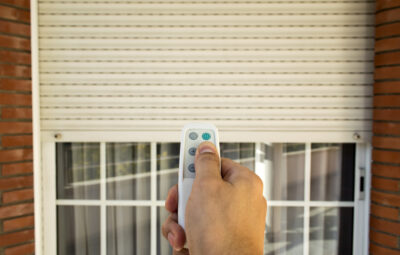A power or energy surge is when a high voltage of electricity is suddenly interrupted and started again. The power surge may be caused by an oversupply of voltage from different external sources or from the transformer itself. Whichever way the power surge occurs, it always affects the overall power which moves through the electric line of the house, hence it is referred to as an energy surge.
When you turn on your hairdryer, it can cause an energy surge of 5 to 10 volts while if the lightning strikes a transformer, it can land up causing thousands of volts of power surge.
Power surges at home
At homes, power surges can be of two types either internal power surges or external power surges
Internal power surges
Internal power surges are 80% of the power surges that occur in a house. These happen many times in a day. These power surges usually occur when a device with a motor is started or shut down, diverting the electricity from that device to all the other appliances. The primary appliance responsible for power surges at homes are air conditioners and refrigerators. However, even smaller devices like power tools and hair dryers can cause power surges.
External power sources
An external power surge is the power surge that stems from outside your home and comes into your home. This is mostly caused by lightning striking electrical utility equipment like a transformer, a tree landing on a power line or an animal getting stuck in the transformer.
External power surges can also take place when the power suddenly comes back after an outage. Power surges can enter your home through cable and telephone lines.
Why should you worry about power surges?
If you have an electrical appliance in your home, you are susceptible to power surges. Anything that contains a microprocessor is vulnerable. These tiny digital components are very sensitive to even small power surges. Any fluctuation in power can disrupt the proper functioning of the microprocessor.
Microprocessors are a part of most of household items like television, AC, fridge, and even small appliances like microwaves and computers.
When there is a large power surge like a lightning strike, it can cause instant damage to the metal and plastic part of your electrical appliances. It is good that these power surges are very rare.
The power surges which occur regularly are the low-level power surges. This won’t cause a fusion or melting of your electrical appliances but they cause a phenomenon called as electronic rust. Electronic rust refers to the gradual degradation of the internal circuit of your home appliances till it finally stops functioning.
Every home faces constant small surges regularly.
How can you prevent power surges?
If the power surge has damaged your equipment, there is nothing left for you to do. Therefore, you should always opt for the first line of defense to protect yourself from power surges. The first line of defense against power surges is prevention. Controlling the external surges is not in your hand. However, you can work to eliminate the most common causes responsible for internal power surges.
Unplug the devices that are not in use
This is the easiest and the most efficient way to avoid power surge issues at your home. Unplug the devices that are not being used. To identify which are such items, just have a look around your house. You will see dozens of appliances that are not in use but are still plugged in. Do not leave your power tools, toasters, microwave, desktop, etc. plugged in if you are not using it.
Check the wiring and upgrade them
If your house is older than 10 years, you may have inadequate wiring. Homes that were built before the 1980s were not designed to handle huge entertainment systems, computer equipment or large capacity refrigerators. If your house is old, get all the wiring checked by an electrician.
Some common signs of a house having inadequate wiring are frequently blown fuses, circuit breakers that repeatedly get tripped or lights that dim or flicker when a large appliance like refrigerator air-conditioner is switched on.
For your safety, do not ignore the symptoms. These are the signal that there is something wrong with your wiring and if it does not get fixed it can lead to a fire hazard.
Fix all the overloaded circuits
If you have a new home, the problem you may face is an overloaded circuit. Check if at any place you have two or more big appliances that are drawing power from the same circuit. This phenomenon is commonly observed in the kitchen. If you notice such a scenario, change the circuit of the appliance so that there is only one huge appliance plugged into one individual circuit.







